Deck & Commander Strategies
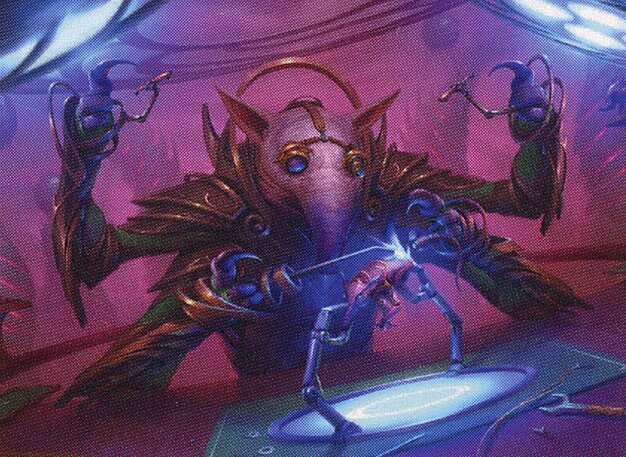
Gimbal, Gremlin Prodigy
Generate a variety of differently named artifact tokens to assemble a large Gremlin artifact creature token, leveraging token doubling and artifact synergies to overwhelm opponents.
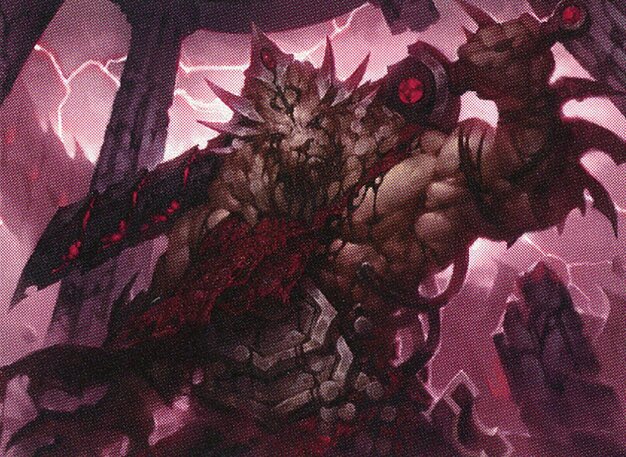
Brimaz, Blight of Oreskos
Produce many 1/1 cat tokens and incubate them for stronger creatures, focusing on token swarm and board presence.
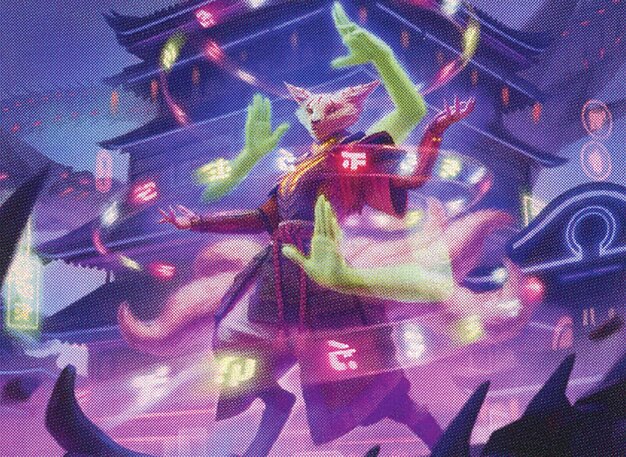
Bright-Palm, Soul Awakener
Pump creatures with +1/+1 counters and aggressively attack to apply continuous pressure until winning through combat damage.
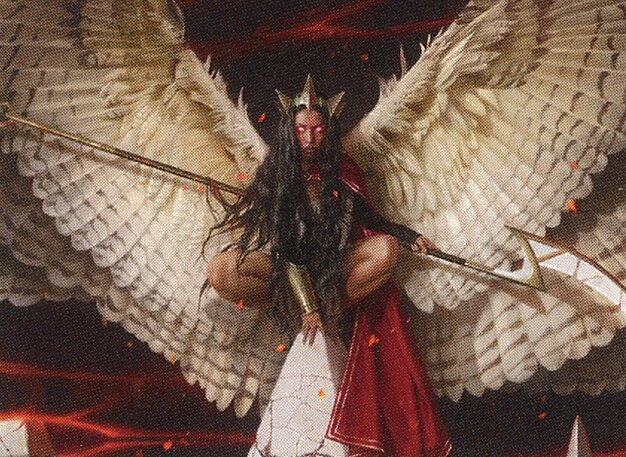
Kasla, the Broken Halo
Token generation combined with a Voltron plan, using +1/+1 counters and equipment to build a formidable commander and control the board.
Gameplay Insights
- 1
Rolling the Planechase die multiple times per turn allowed players to trigger chaos effects like extra combat phases and doubling tokens, which significantly accelerated the game pace.
- 2
Impact Tremors synergized powerfully with token generation, dealing direct damage to each opponent whenever tokens entered the battlefield, enabling incremental damage that pressured multiple players at once.
- 3
Copying artifacts and creatures (such as Shalai and Iker Elixir) amplified the number of dice rolls and triggered multiple beneficial effects, increasing the board’s complexity.
- 4
Players leveraged +1/+1 counter synergies on creatures with double strike and damage-dealing triggers to maximize damage output during extended combat steps granted by Planechase chaos effects.
- 5
Token doubling effects functioning similarly to Doubling Season rapidly increased board presence, forcing opponents to respond quickly or face overwhelming swarms.
Notable Cards
-
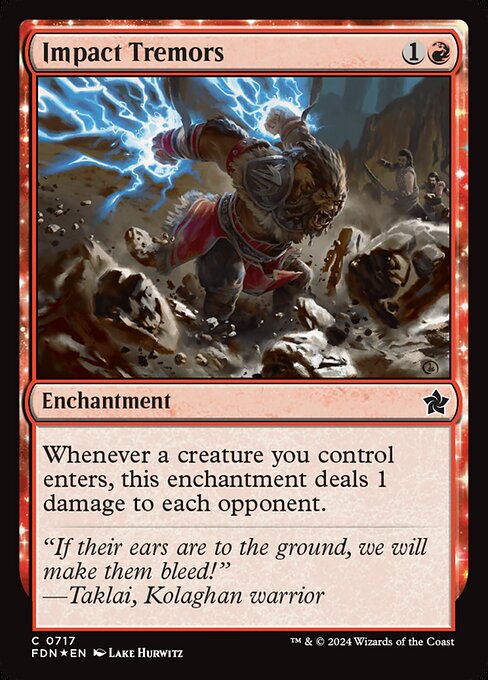
Impact Tremors
-
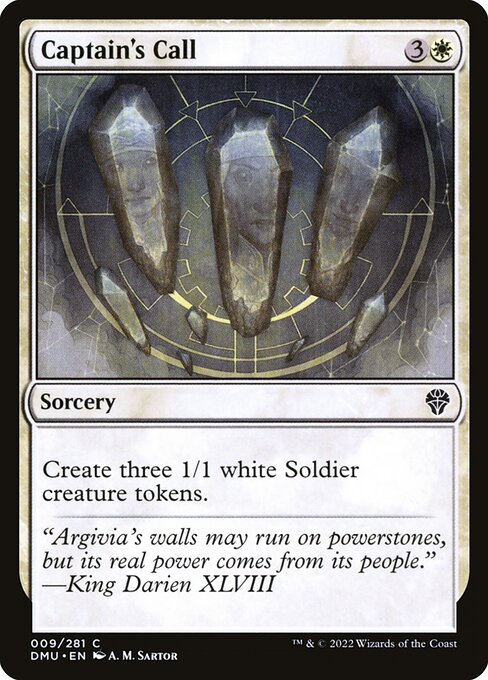
Captain's Call
-
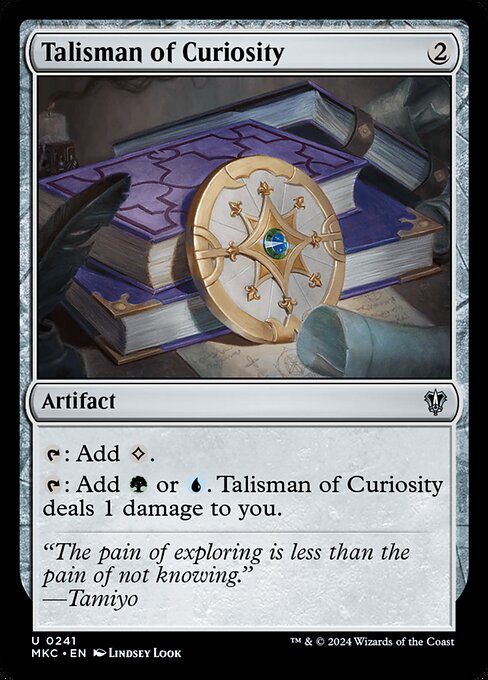
Talisman of Curiosity
-
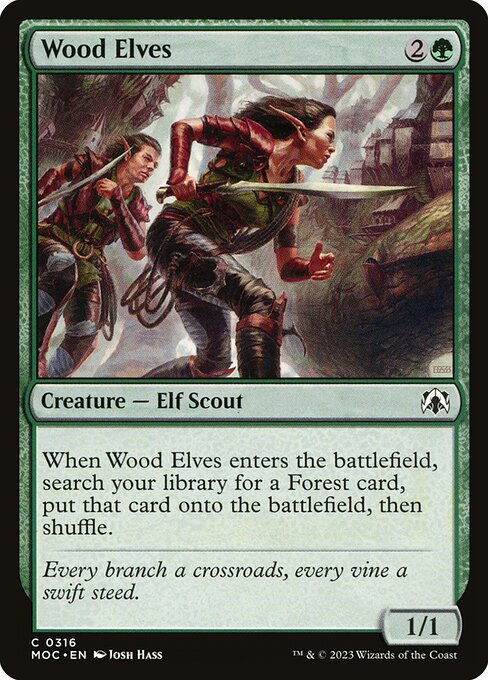
Wood Elves
Gameplay Summary
The game began with all four players utilizing their upgraded March of the Machine precons in a Planechase format, adding an unpredictable layer of chaotic plane effects.
Gimbal's player focused on generating various artifact tokens to eventually create a large Gremlin token, while Brimaz's player aimed to produce and incubate multiple 1/1 tokens to swarm the board.
Bright-Palm's deck centered on +1/+1 counters and aggressive combat damage, and Kasla's strategy combined token generation with a Voltron approach to build a powerful commander equipped for direct damage. Early turns saw players establishing mana bases and deploying ramp and token generators, with the Planechase dice rolls frequently triggering chaos effects that extended combat phases and doubled token creation.
Notable plays included the use of Impact Tremors to deal incremental direct damage each time tokens were created, and Shalai, Caller of the Wild’s synergy with +1/+1 counters to damage opponents.
Gimbal’s player leveraged artifact token doubling and copying effects to ramp up the board state quickly, while Kasla’s player used artifact and creature copying to maximize dice rolls and +1/+1 counter synergies. Key turning points occurred when multiple chaos rolls allowed extra combat phases, enabling heavy damage bursts, and when doubling season-like effects doubled token production and counters.
The game’s momentum swung as players built up board presence with tokens and counters, and the interplay of commander damage, incremental damage from Impact Tremors, and combat damage threats promised multiple avenues to victory.
The dynamic board state and Planechase effects kept the game fast-paced and unpredictable.



































